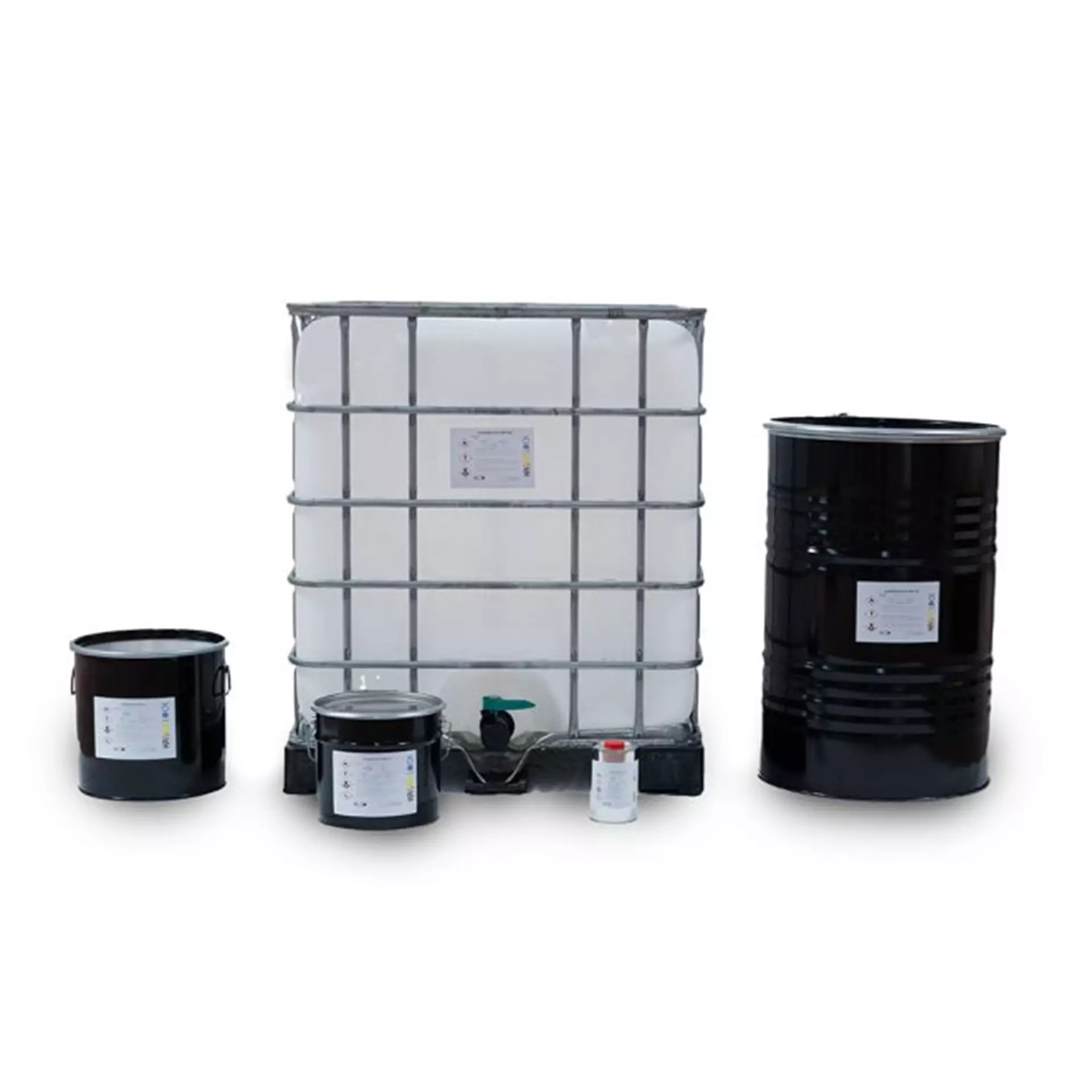MENU
KA&MELOCK KM 14
KA&MELOCK KM 14 is a very universal Bonding Agent for low temperature vulcanization like 90 °C - 100 °C and normal temperature vulcanization (150 °C - 170 °C). The system with primer KA&MELOCK MP 05 is excellent for tank lining and production of rubber rollers, rubber cylinders etc.
KA&MELOCK KM 14 bond also textile like polyester and polyamide on different rubber types Bromo- /Chlorobutyl Rubber (BIIR/CIIR), Chloroprene Rubber (CR), Chlorosulfonated Polyethylene (CSM), Ethylene Propylene Rubber (EPDM), Butyl Rubber (IIR), Polyisoprene (IR), Nitrile Rubber (NBR), Natural Rubber (NR) and Butadiene-Styrene Copolymer (SBR). KA&MELOCK KM 14 bond uncured rubber to cured rubber based on Chloroprene Rubber (CR), Chlorosulfonated Polyethylene (CSM), Ethylene Propylene Rubber (EPDM), Butyl Rubber (IIR), Nitrile Rubber (NBR), Natural Rubber (NR), and Butadiene-Styrene Copolymer (SBR). It is suitable for the production of gaskets.

Technical Data
|
Colour |
Black – Green Liquid |
|
Viscosity 4 mm DIN-Cup |
70 – 120 s |
|
Viscosity,cps@25°C(77°F)
Brookfield SNB1 |
200 – 600 mPas |
|
Specific Gravity |
0,93 – 0,97 g/cm³ |
|
Solid Content |
18 – 22 % by weight |
|
Solvents |
Xylene |
*Data is typical and not to be used for specification purposes.
WBKim Kimya strives to provide the highest possible quality to its customers. It has a working system that guarantees that its products will meet your expectations.
Our elastomer bonding solutions add reliable value to your business, ensuring trouble-free operation in every industry and every application.
Since KA&MELOCK products are diverse and versatile, different methods and equipment can be used to perform the application. One application method is not better than the others, but the choice of how to apply the adhesive should be based on the type of adhesive, the nature of the product, the surface requirements. In the KA&MELOCK product information you will find recommendations for the use of our products according to different application methods.